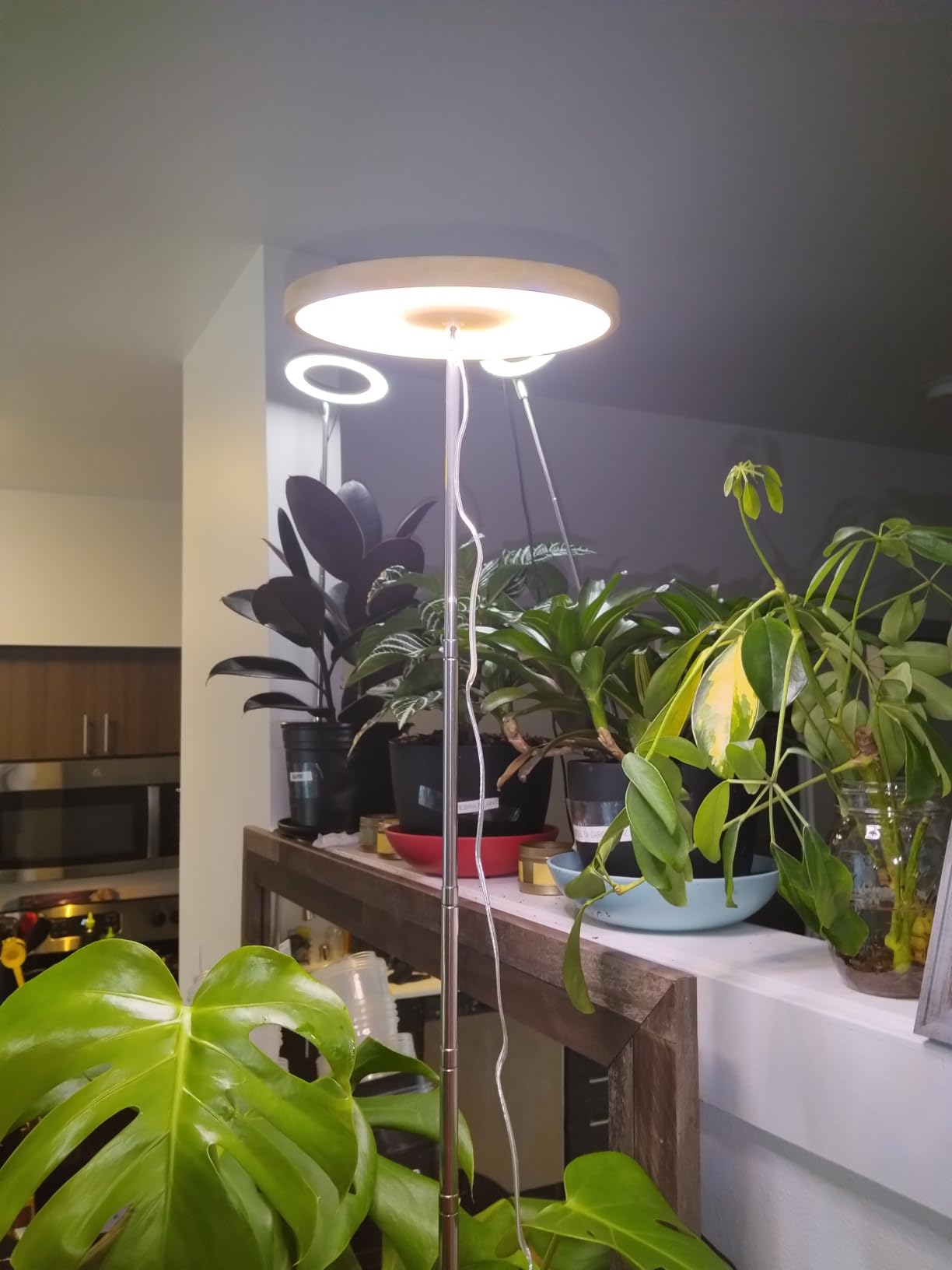Grow Smarter in Summer: Why LED Grow Lights Still Matter During Hot Months

It’s easy to assume that summer is the best season for indoor plants—after all, sunlight is abundant. But more sun isn’t always better. In fact, too much natural light and heat can stress or even damage your houseplants. That’s where a good LED grow light for summer use comes in.
Whether you’re dealing with scorching windows, inconsistent light angles, or managing temperature indoors, a full-spectrum grow light can help maintain ideal growing conditions—safely and consistently.
🌞 1. Control Light Intensity to Avoid Leaf Burn
Direct summer sunlight can be harsh—especially through glass. Many houseplants, like ferns or calatheas, suffer from:
-
Scorched leaves
-
Wilting from heat stress
-
Uneven growth from shifting sun angles
Using a dimmable LED grow light allows you to provide gentler, controlled light without the risk of overheating or burning your plants.
📌 SEO keywords: grow lights for summer use, prevent leaf burn in summer, dimmable LED grow light for houseplants
🧊 2. Lower Heat Output Compared to Direct Sun or Incandescent Bulbs
Summer heat + natural light = hot, stuffy rooms. But modern LED grow lights are designed to:
-
Stay cool to the touch
-
Emit less ambient heat
-
Avoid adding extra warmth to already warm spaces
This makes them ideal for indoor use—even during July and August.
📌 SEO terms: low-heat grow light for summer, LED vs incandescent grow lights in summer, safe grow lights for hot weather
🌱 3. Maintain Consistent Lighting in Shaded or Air-Conditioned Rooms
Ironically, many people close blinds or curtains during summer to keep indoor temperatures low. That means less natural light for your plants. Grow lights:
-
Compensate for lost sunlight
-
Provide stable light durations and angles
-
Let you grow in cool, shaded areas without sacrificing plant health
Even in well-lit rooms, the sun’s position changes, leading to inconsistent exposure. A grow light fixes that instantly.
📌 Keywords: consistent indoor lighting for plants, grow light for shaded summer spaces, supplemental light for plants in AC
🕒 4. Use Timers to Avoid Overexposure
More daylight hours in summer can trick you into giving plants too much light. Built-in timers on most modern grow lights allow you to:
-
Limit light to 8–12 hours for shade-loving plants
-
Automate on/off schedules without guesswork
-
Prevent unnecessary energy use
Perfect for those wondering: “How much light is too much for my plants in summer?”
📌 SEO keywords: grow light with timer, plant light schedule for summer, how long should grow lights be on in summer
🪴 5. Ideal for Summer Propagation and Seedlings
Summer is a great time for plant propagation, especially if you're starting cuttings or seeds. But:
-
Too much direct sun can dry or fry tender new growth
-
Uneven light can lead to leggy seedlings
Grow lights provide safe, even light that promotes strong roots and compact, healthy stems.
📌 SEO terms: grow light for summer propagation, LED light for seedlings in summer, propagating plants indoors in hot weather
